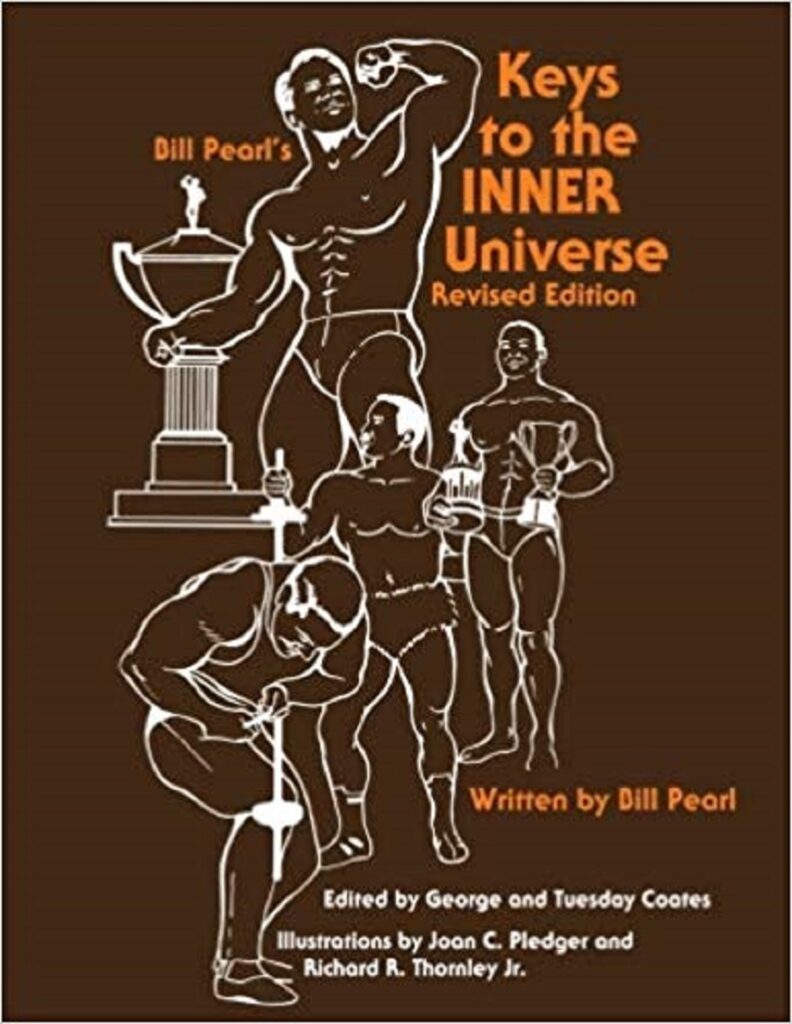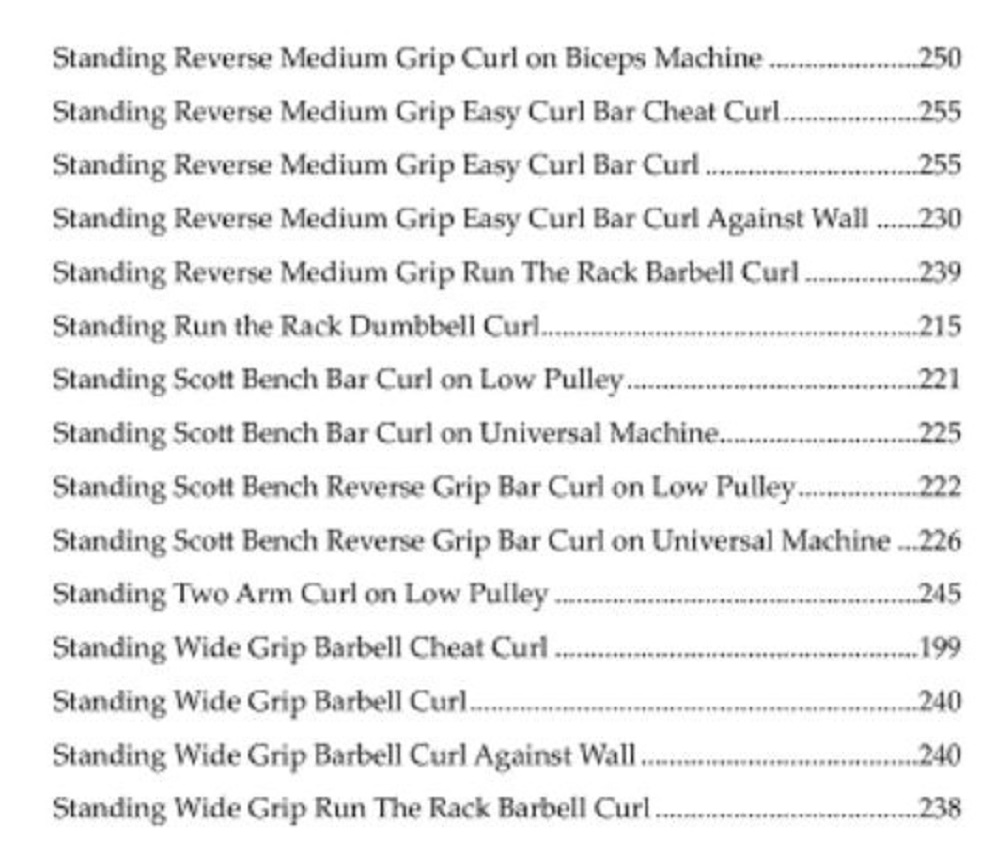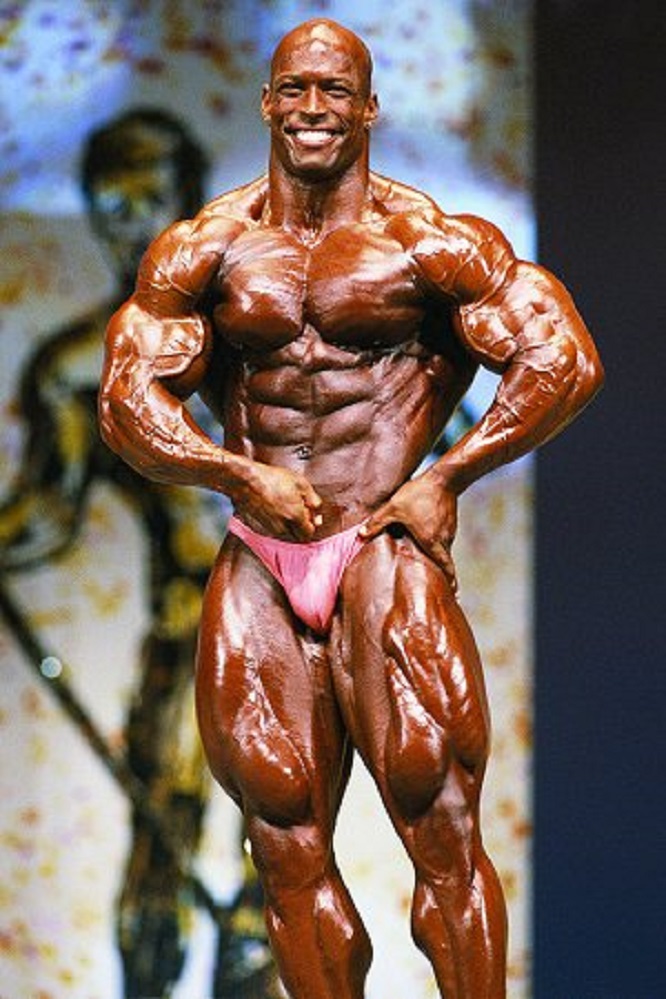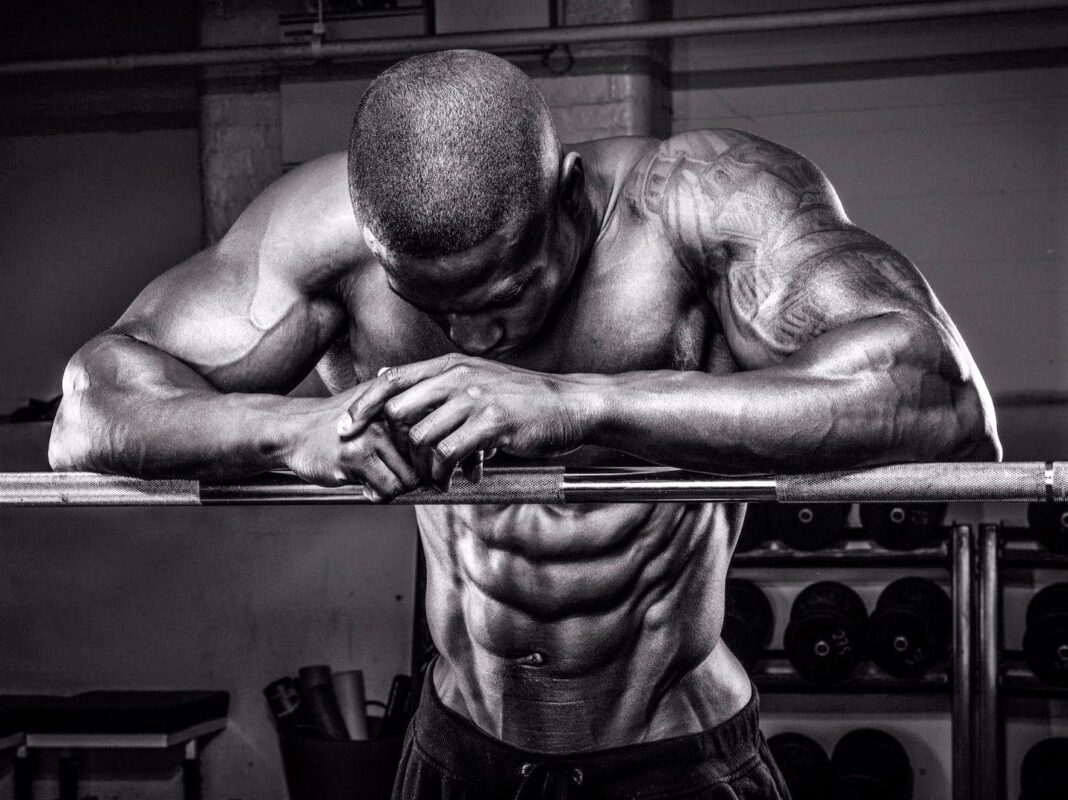What is the best workout? The options can be overwhelming. We’ve all been there, staring at the store shelves or the Amazon page for too long, pondering too many too similar products. This toothpaste or that one? That hoodie or this one? This whey or that whey? We’re overwhelmed by the choices (Which is best?), and we may be tormented by anxiety (The perfect choice is here somewhere) and regret (I should’ve picked that other one). This is called the tyranny of choice, and it can afflict us in the gym, too.
This exercise or that one? Long rest or short rest? High reps or medium or low? It’s a modern problem. Long ago there was just one toothpaste in the general store and just a few exercises performed in gyms. Let’s explore how too many workout choices can be a negative, and frame a strategy for seeing through an overload of options. Sometimes more is less and less is more. What is the best workout for you?
EXERCISES: MORE IS LESS

There once was Bill Pearl’s Keys to the Inner Universe, which sounds like some sort of New Age tome, but is instead a weirdly titled exercise compendium. Published in 1979 (and still in print), it’s basically a 638-page collection of every bodybuilding exercise variation four-time Mr. Universe Bill Pearl and his two editors and two illustrators could conjure up, some 1200 of them, most just slightly different from the one that precedes it and the one that succeeds it, and on and on.
So, you get the standing, reverse, medium-grip curl on a biceps machine and the standing, reverse, medium-grip easy curl bar cheat curl and the standing, reverse, medium-grip easy curl bar curl and the standing, reverse, medium-grip easy curl bar curl against a wall and the standing, reverse, medium-grip, run-the-rack barbell curl. And those are just some of the standing, medium-grip reverse curls! And on and on, times 1200.

Wait, which one is the key to the inner universe or at least the key to bigger arms? It’s like staring at a pile of 1200 keys and trying to guess the one that fits. Working out becomes an elaborate puzzle that it seems you can never solve. Just tell me the best exercise! What’s the key? (And what’s the inner universe?) Your head may start to hurt, your will may start to seep away, as you think someone else, some Bill Pearl, somewhere in the outer universe, has the key, and you’re destined to never find it, to never do the right exercises in the right order for the right number of sets and reps.
EXERCISES: LESS IS MORE

It’s perhaps apocryphal, but Shawn Ray is credited with bodybuilding’s wisest “champion advice,” the true key to the inner universe. When some eager fan asked him what he did to grow his biceps, Ray responded, “I do the same s**t you do, bro.”
It may sound like a dickish response, but it’s brilliantly astute. Of course, he did the same s**t. He knew it without even knowing what the fan did, because, for biceps, we all do the same “s**t,” give or take a few insignificant differences. We curl, usually for about 12 sets of about 10 reps. End of story. The big “secret” is not in the subtle ways different curls stress the long and short biceps’ heads or doing higher sets or lower reps (although those things matter in subtler ways).
The reason why Shawn Ray looked the way he did and the questioner didn’t, is found in their DNA, their drug regimens (or lack of), and how much time and money they’ve dedicated to growing via meals, workouts, and recovery. Those are the big things, and the most important one, genetics, you can’t change. Don’t overthink the small stuff just because you can change it.
EXERCISES: CHOICE MODERATION

A research paper entitled “Choice overload: A conceptual review and meta‐analysis” concluded that “when moderating variables are taken into account the overall effect of assortment size on choice overload is significant.” In other words, when you have too many choices, you’re liable to be frustrated and make a bad choice (or worry that you made a bad choice).
Here are five considerations for better moderating your workout choices to help you construct the best routine for you:
1. THE SIMPLER THE MUSCLE, THE SIMPLER THE EXERCISE SELECTION.
Back is complicated. Shoulders and quads are tricky, too. And abs have a unique set of issues. But biceps, triceps, calves, and forearms—they all just shorten single hinge joints. Don’t overthink their exercises. (The difference between, say, a rope pushdown and a cambered-bar pushdown are subtle, even with the triceps’ three heads.) Simply pick the ones that work best for you to stimulate growth with no tendon or muscle pain.
2. WHAT FEELS BEST IS OFTEN WHAT WORKS BEST.
By “feels best” we don’t mean easiest. But if you’re really feeling your lats contract and pump up with low-cable rows with a straight bar and underhand grip, then that should also be an effective exercise for growth. Do it regularly.
3. PLAN AHEAD.
Some people thrive on the spontaneity of making up each exercise routine as they go along, selecting their next exercise (and, perhaps, sets and reps) by how they responded to the last one. But other people benefit more from plotting out each training session and sticking to the strategy. If you’re in the broad, latter category, make your choices before your workout.
4. CHANGE ONE THING AT A TIME.
The more things you change, the harder it is to pinpoint what’s working and what’s not. Change one thing, such as an exercise or your workout split, at a time to best access its effectiveness.
5. EVERYTHING WORKS, NOTHING WORKS FOREVER.
It’s one of the truisms of training, and it’s meant as a paean to variety. But don’t just focus on the second part, which prescribes switching your workouts up periodically. If you also focus on the first part, you’ll realize there is no “perfect” organization of exercises, just as there is no “perfect” toothpaste or hoodie. Don’t rummage through 2000 keys. Pick a few exercises and put everything into them. Sometimes it’s as simple as that.
















































